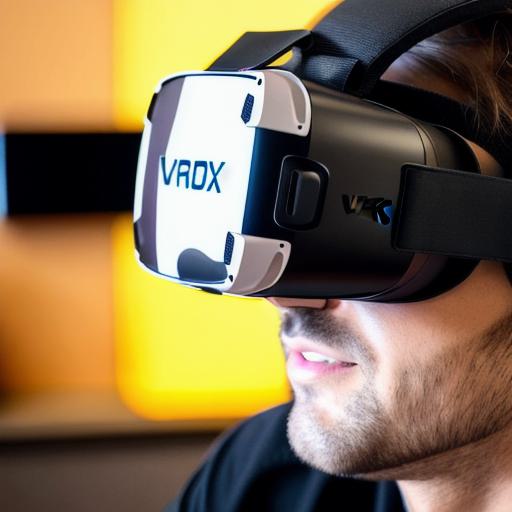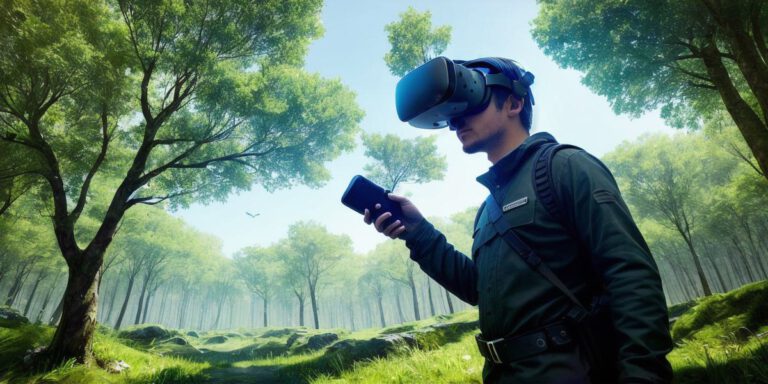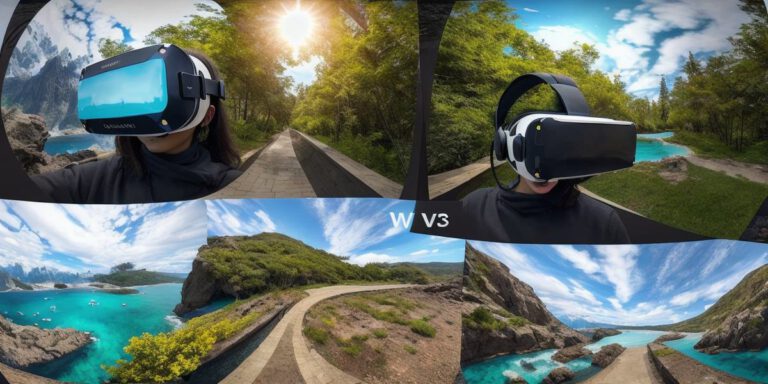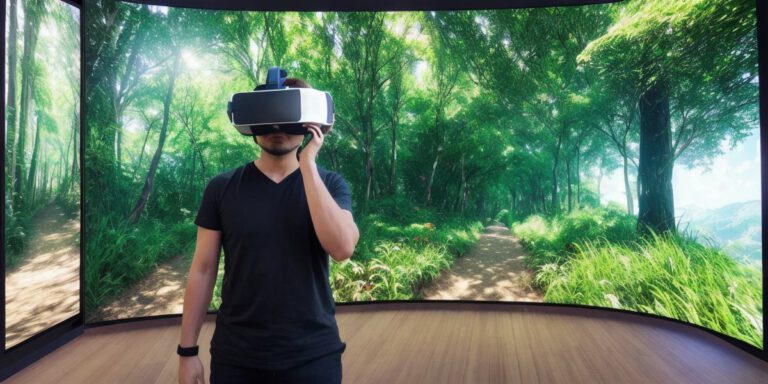Understanding Virtual Reality and Augmented Reality: Features, Advantages, Real-world Applications

Virtual reality (VR) and augmented reality (AR) are two of the most exciting and rapidly-evolving technologies in the digital world. While they share some similarities, they are fundamentally different concepts that offer unique advantages and applications. In this article, we will explore the differences between VR and AR, as well as their features, advantages, and real-world applications.
Features of VR and AR:
Virtual Reality (VR) is a technology that creates an immersive, simulated environment that completely replaces the physical world around the user. It typically involves wearing a headset or other device that tracks the user’s movements and provides them with a 3D view of a virtual environment. VR can be used for gaming, education, training, and even therapy.

Augmented Reality (AR) is a technology that overlays digital information onto the real world. It enhances the user’s experience of their physical surroundings by adding digital elements to them. AR can be accessed through a smartphone or other device, and it typically involves using the device’s camera to capture the real world and then superimpose digital images on top of it.
Advantages of VR and AR:
Virtual Reality (VR) offers several advantages over traditional gaming and entertainment experiences. It provides a fully immersive experience that can transport users to other worlds, allowing them to interact with virtual objects in ways that are not possible in the real world. VR is also highly engaging and can be used for educational purposes, as well as training and simulation.
Augmented Reality (AR) offers several advantages over traditional forms of media and advertising. It allows businesses to engage with their customers in a more interactive and personalized way, providing them with valuable information and insights about the products and services they are interested in. AR is also highly adaptable, allowing businesses to customize their experiences for different audiences and contexts.
Real-world Applications of VR and AR:
Virtual Reality (VR) has a wide range of applications across various industries. In gaming, VR provides users with an immersive and interactive experience that can transport them to other worlds. In education, VR can be used to create virtual field trips and simulations that allow students to explore historical sites or scientific phenomena in a safe and controlled environment. In training and simulation, VR can be used to provide realistic and customizable experiences for professionals in fields such as medicine, aviation, and military.
Augmented Reality (AR) has a wide range of applications across various industries, including marketing, retail, and entertainment. In marketing, AR can be used to create interactive product demos and advertisements that allow customers to visualize products in use before making a purchase. In retail, AR can be used to provide customers with personalized recommendations and information about products as they browse. In entertainment, AR can be used to create immersive experiences for concerts, movies, and other events.
Conclusion:
Virtual Reality (VR) and Augmented Reality (AR) are two of the most exciting and rapidly-evolving technologies in the digital world. While they share some similarities, they are fundamentally different concepts that offer unique advantages and applications. VR provides a fully immersive experience that can transport users to other worlds, while AR overlays digital information onto the real world, enhancing the user’s experience of their physical surroundings. Both VR and AR have wide range of applications across various industries, from gaming and education to marketing and entertainment. As these technologies continue to evolve, we can expect to see even more exciting and innovative uses of VR and AR in the future.
FAQs:
- What is the difference between Virtual Reality (VR) and Augmented Reality (AR)?
Virtual Reality (VR) creates an immersive, simulated environment that completely replaces the physical world around the user, while Augmented Reality (AR) overlays digital information onto the real world, enhancing the user’s experience of their physical surroundings. - What are some applications of VR and AR?
Virtual Reality (VR) has a wide range of applications across various industries such as gaming, education, training, and even therapy. Augmented Reality (AR) has a wide range of applications across various industries including marketing, retail, and entertainment. - How does VR work?
Virtual Reality (VR) typically involves wearing a headset or other device that tracks the user’s movements and provides them with a 3D view of a virtual environment.








